Image Processing Reference
In-Depth Information
Figure 7.6.
Decision by maximum belief for all of the hypotheses except
D
(first column)
and for all of the simple hypotheses (second column), without any mass on
C
1
∪ C
2
(top)
and by including a mass on
(representing the partial volume effect between the
brain the ALD) in the second image, with an increasing weight (middle and bottom)
C
1
∪ C
2
particularly by assigning masses to the composite hypotheses, expressing, for exam-
ple, the fact that a source does not make it possible to correctly differentiate between
two classes or even modeling the partial volume effect. The probabilities are not well
adapted to the modeling of partial volume at the limit between two classes. One solu-
tion is suggested here, by assigning a mass directly to the union of these classes, which
again leads to a satisfactory interpretation. Even a rather crude definition of the mass
functions and of their relative weights turned out to be sufficient and robust. Finally,
the decision was made according to two rules: a traditional rule where the decision is
always made in favor of a simple hypothesis and a second rule where it is also pos-
sible to decide in favor of a composite hypothesis. This latter rule is closer to what
happens in reality, by highlighting the partial volume areas, and by adapting itself to
the doctor's reasoning mode.
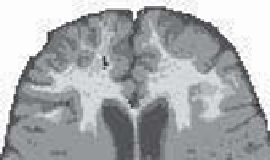
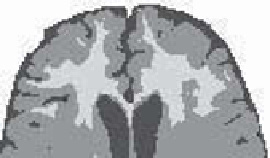
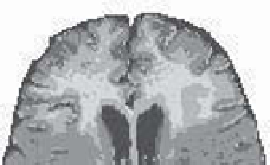
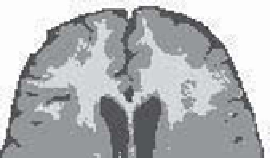

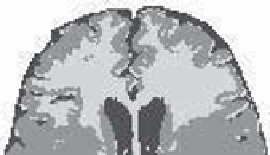
Search WWH ::

Custom Search